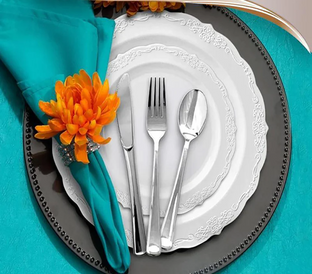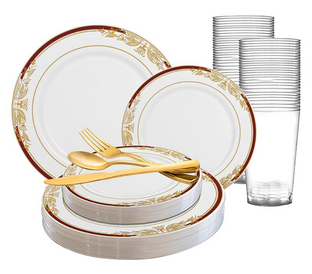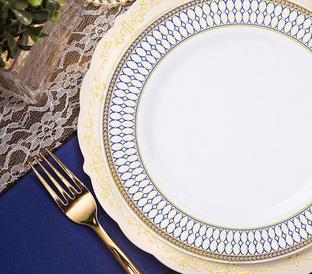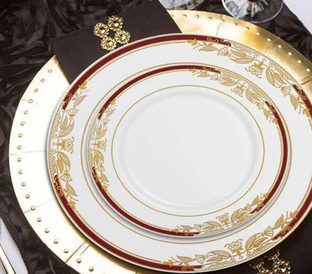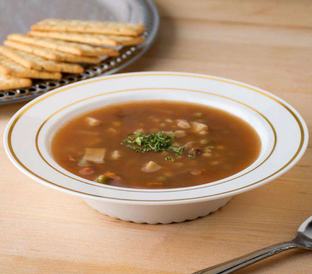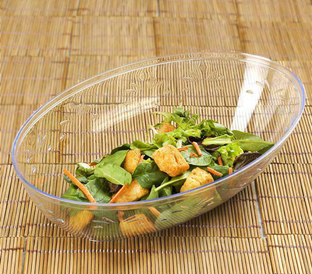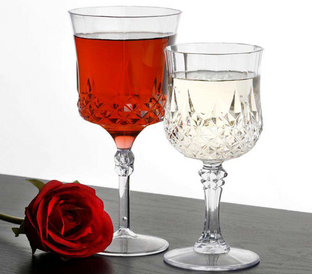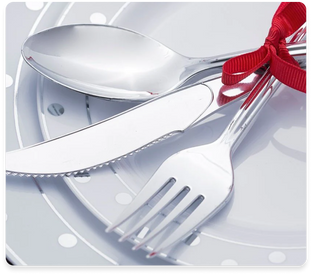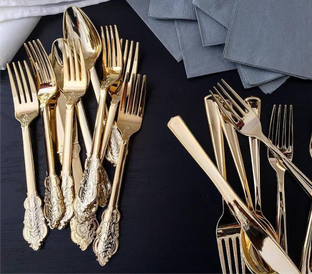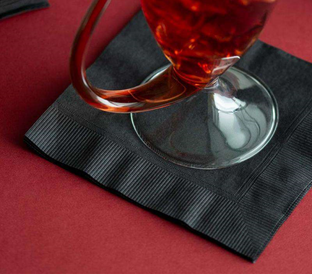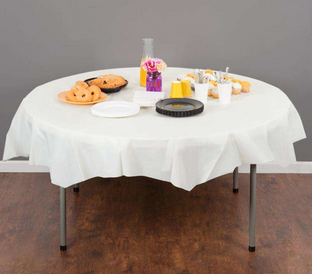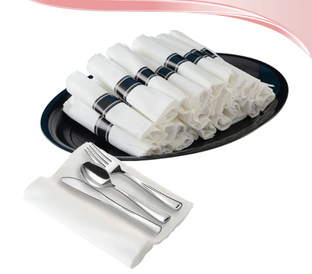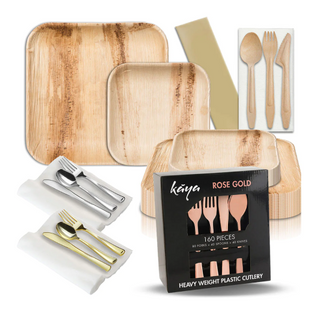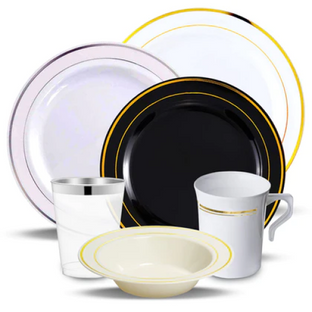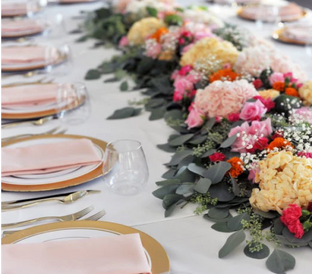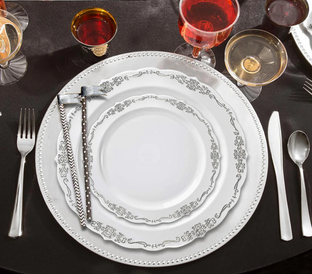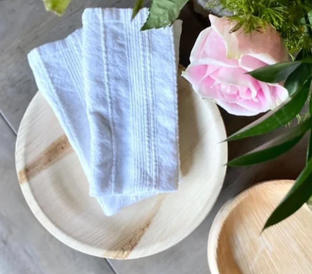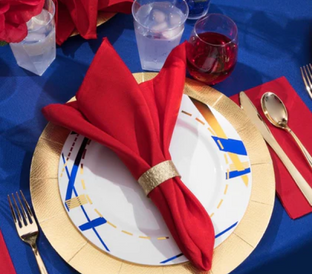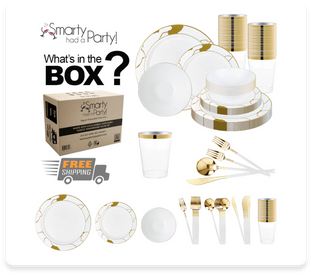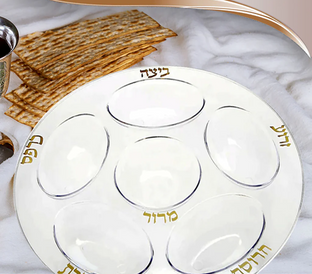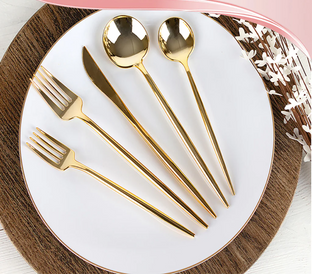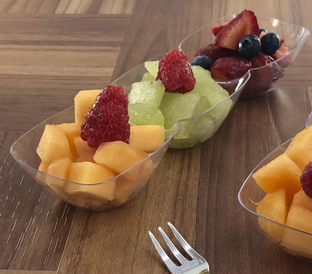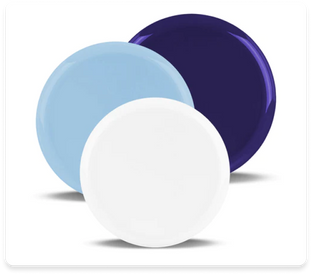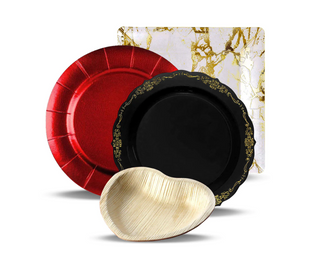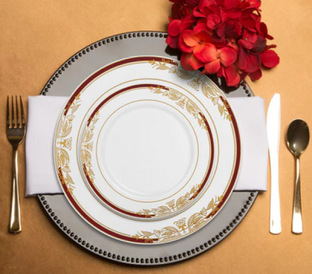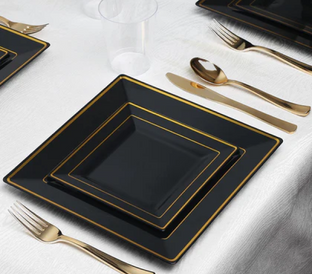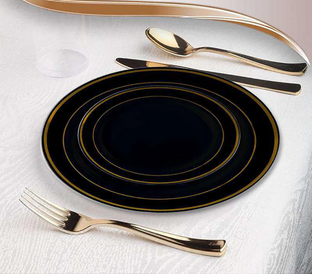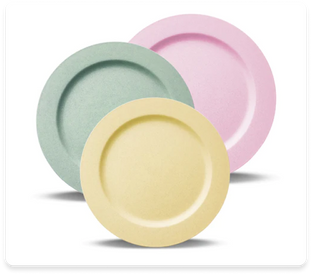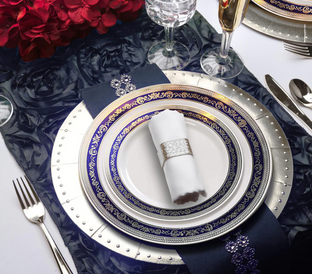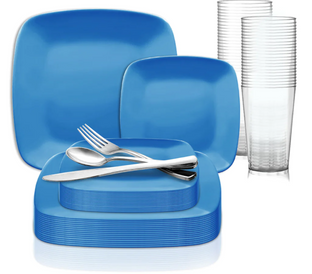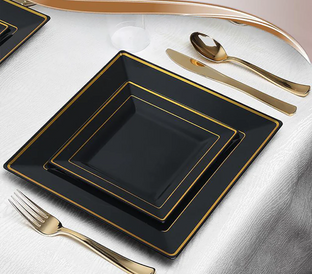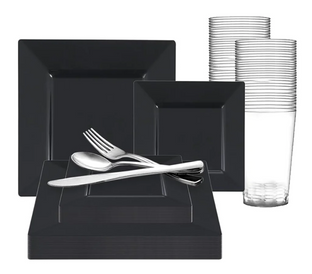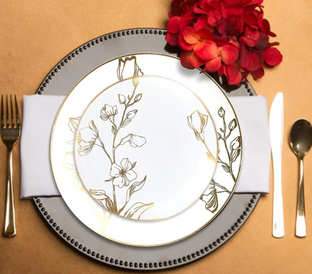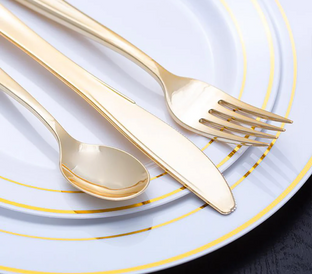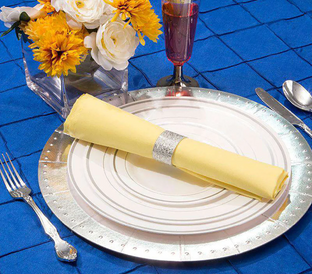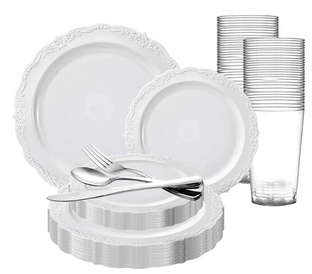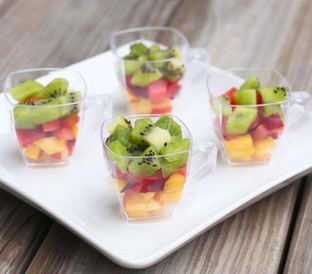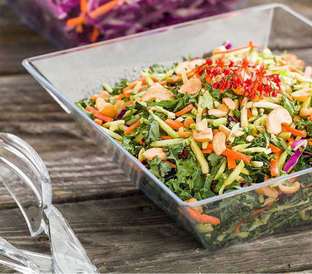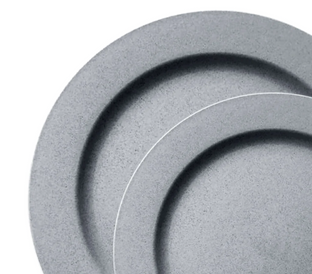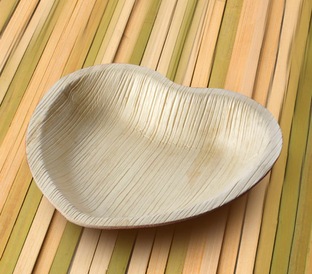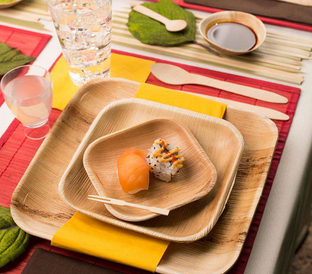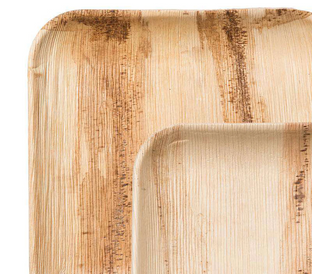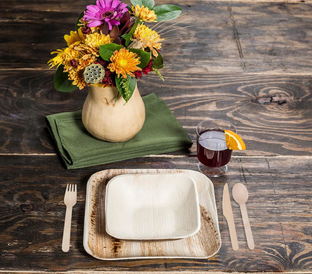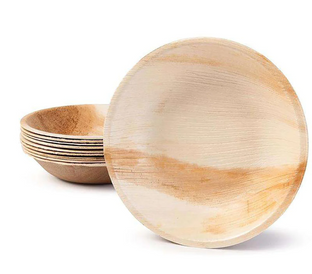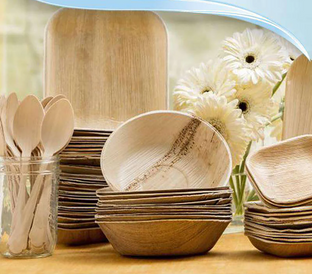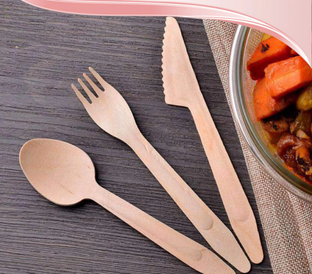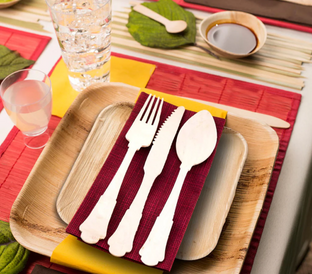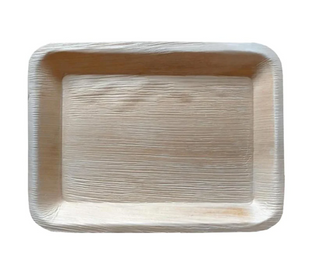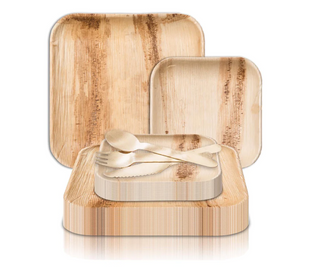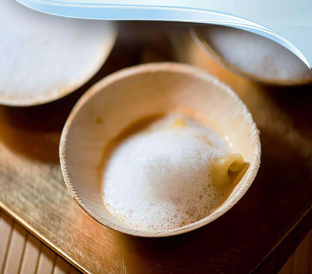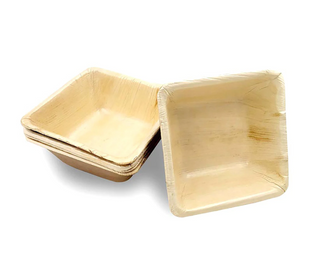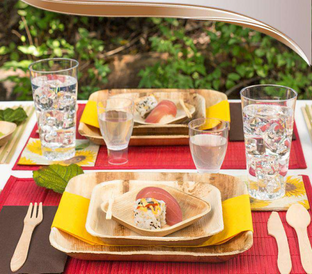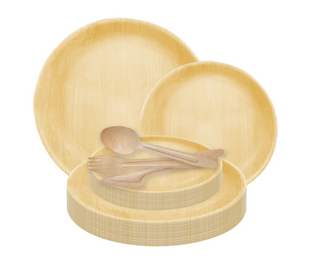
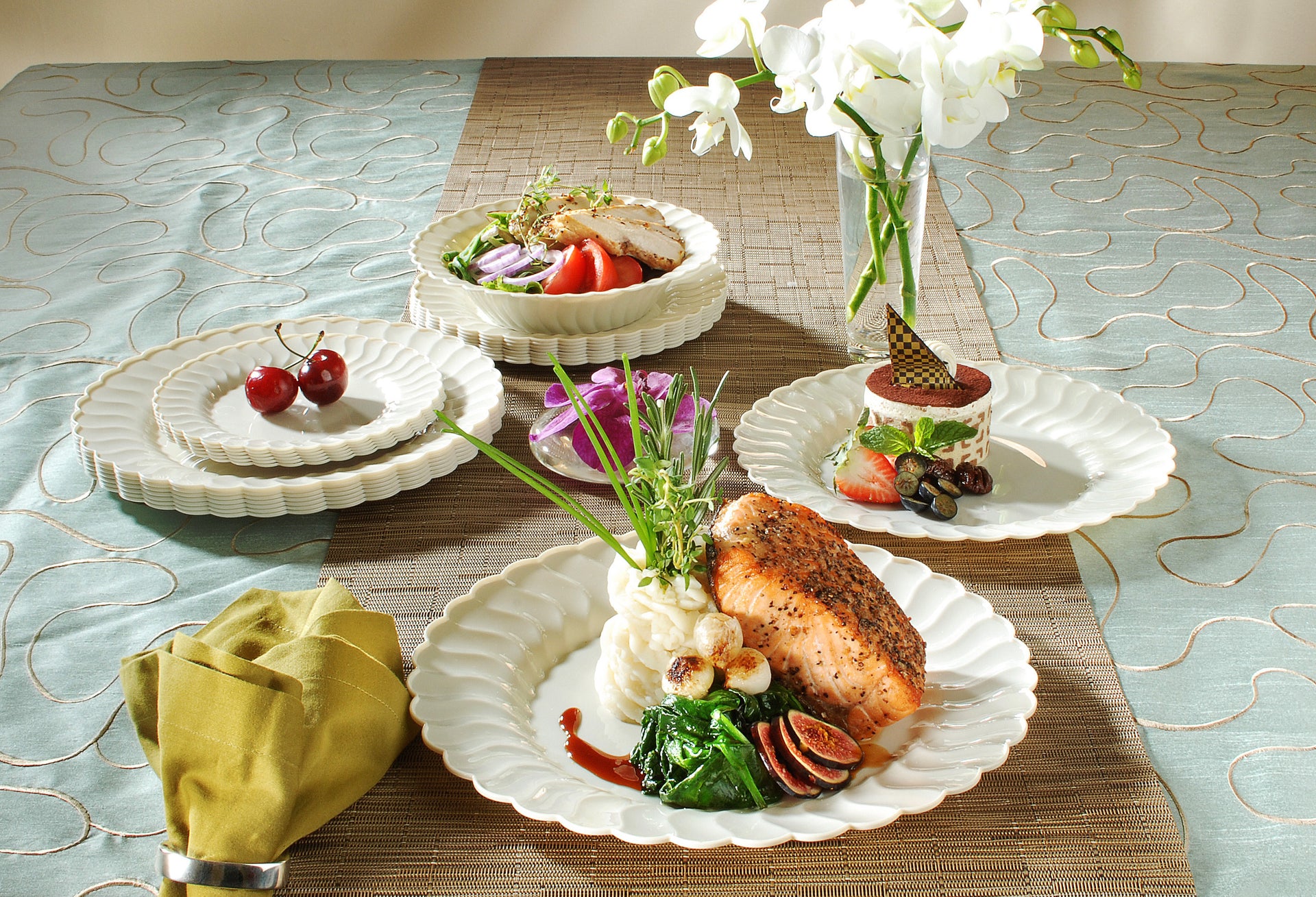
How to Serve Dinner with Finesse at a Formal Affair?
How you serve dinner can make all the difference when it comes to hosting a formal affair, whether a sophisticated dinner party, an elegant wedding reception, or a high-profile corporate event. Proper dinner service adds an air of refinement and elegance to the occasion and sets the tone for an unforgettable dining experience. Every element is crucial in creating a memorable event, from meticulously arranged place settings to impeccable table decor.
Mastering Dinner Service at a Formal Affair
In this blog post, we will guide you through the art of serving dinner at a formal affair, providing valuable tips and insights to ensure your guests are treated to a truly remarkable dining experience. So, if you're ready to elevate your hosting skills and create a dining experience that exudes grace and sophistication, let's dive into the world of serving dinner at a formal affair.
Planning the Menu
Considering the Theme and Formality of the Event
- Event Theme: Choose a menu that fits the occasion for formal events. For example, consider French cuisine and wine for a French-themed dinner.
- Seasonal Influence: Consider the season for your event when selecting ingredients and flavors. Choose light dishes for spring and summer and heartier options for fall and winter.
- Cultural Considerations: Consider guests' cultural backgrounds and dietary preferences when planning your menu. Include diverse dishes or options for specific dietary customs.
Selecting Appropriate Appetizers, Main Courses, and Desserts
- Appetizers: Begin with elegant appetizers like canapés, seafood, or cheese platters. Mix flavors, textures, and colors for a pleasing start to the meal.
- Main Course: Choose your main course carefully when preparing a meal for guests. It should showcase your culinary skills and match the formality of the event. Experiment with plating techniques and garnishes to make the dish visually appealing. Options include meat, seafood, and vegetarian dishes.
- Desserts: Complete your meal with elegant pastries, decadent chocolate treats, and fruit-based delicacies. Mix and match different textures for a thrilling experience.
Catering to Dietary Restrictions and Preferences
- Inquire About Dietary Requirements: Ask your guests about any dietary restrictions or preferences to plan accordingly.
- Offer Options: Provide tasty and visually appealing options for various dietary needs like vegetarian, vegan, gluten-free, or nut-free.
- Clearly Label Dishes: Label dishes and include allergen info for guests at self-serve events.
- Communicate with Guests: Contact guests with dietary needs before the event to accommodate their preferences.
Arranging the Place Settings
Proper Placement of Plates, Glasses, and Silverware
- Plates: Start with the charger plate, a larger decorative plate, as the base of the setting. On top of the charger plate, place the elegant china-like plastic dinner plate centered in the middle. If you're serving multiple courses, consider using separate plates for each course and remove them accordingly.
- Glasses: Arrange the fancy plastic glassware from left to right, starting with the water goblet. Place it slightly above the dinner knife. Position the red wine glass to the right of the water goblet, followed by the white wine glass. If necessary, You can add specialized glasses, such as champagne flutes or brandy snifters.
- Silverware: Place the disposable silverware in the order of use, working from outside. On the left side of the plate, arrange the forks. The first fork to the left of the plate is usually the salad fork, followed by the dinner fork. On the right side, place the knives and spoons. The dinner knife goes immediately to the right of the plate, followed by the soup spoon and then the dessert spoon and fork, if applicable.
Understanding Formal Table Setting Etiquette
- Utensil Placement: Utensils should be arranged in the order of use, with the outermost ones used first. As each course is served, guests work inwards with the utensils.
- Napkin Etiquette: Place a napkin ring or fold it on the charger plate or to the left of the forks. Guests can unfold their napkins and place them on their laps upon being seated.
- Bread and Butter Plate: If serving bread, place a small bread and butter plate above the forks, with a butter knife resting diagonally across it.
- Service Plates: If serving multiple courses, use service plates. They act as placeholders for each course and are removed before serving the next course.
Enhancing the Table with Decorative Elements
- Centerpieces: Choose a centerpiece that complements the theme and doesn't obstruct guests' views across the table. Floral arrangements, candles, or artistic displays can be stunning focal points.
- Tablecloths: Utilize disposable tablecloths and paper napkins that coordinate with the overall color scheme and add a touch of refinement.
- Place Cards and Menu Cards: For assigned seating, consider using place cards to guide guests to their designated seats. Menu cards can be placed on the charger plates or beside each guest's place setting to inform them of the meal courses.
- Decorative Accents: Incorporate small decorative elements, such as elegant name card holders, subtle table confetti, or delicate favors, to further elevate the table's visual appeal.
Serving the Courses
Guidelines for Serving Appetizers Elegantly
- Timing and Presentation: Time appetizer serving to allow guests to mingle. Arrange on decorative platters and garnish with fresh herbs or edible flowers for added elegance.
- Passed Service: Consider serving passed appetizers for a smaller guest list. Ensure they're easy to eat and not messy. Waitstaff will offer each guest a bite-sized snack.
- Individual Portions: Serve individual portions of appetizers on small plates or elegant vessels so guests can enjoy them at their own pace without sharing plates.
Proper Techniques for Serving the Main Course
- Plate Presentation: Make sure plates are clean and arrange food creatively for a balanced presentation. Avoid overcrowding the plate for better visual appeal.
- Simultaneous Service: Serve all guests to their main course at the same time for a feeling of togetherness and to ensure everyone can enjoy the hot meal together.
- Assisted Service: For a formal touch, try assisted service. Servers present each guest with the main course, allowing them to appreciate it before it's on the table. They can also help with portioning or other requests.
Presenting Desserts with Finesse
- Individual Plating: Serve dessert on fancy plates with artistic plating techniques, like drizzled sauces or decorative elements.
- Dessert Stations or Displays: Use tiered stands, decorative trays, or cake pedestals to create an attractive dessert display for bigger events. Label each dessert with menu cards or signage for easy identification.
- Accompaniments: Offer complimentary toppings like sauces, coulis, whipped cream, or garnishes for guests to customize their desserts.
- Coffee and Digestifs: Offer premium coffees, teas, and after-dinner drinks like espresso, cappuccino, unique teas, liqueurs, brandy, or port wines. Display them separately.
Frequently Asked Questions (FAQ)
1. What is the proper order for serving multiple courses at a formal dinner?
Typically, the courses are served in the following order: appetizer, soup, salad, main course, and dessert. However, variations can be made based on the menu and the host's preferences.
2. Should I serve wine or other beverages with each course?
It is common to pair wines or other appropriate beverages with each course to enhance the dining experience. Consider the flavors and intensities of the dishes when selecting suitable drinks.
3. What is the proper way to clear the table between courses?
Clearing the table between courses should be done discreetly and efficiently. Wait for all guests to finish their course, and remove the used plates and utensils from the right side of each guest. Avoid interrupting conversations or the flow of the event.
4. Can I use disposable dinnerware at a formal affair?
Yes, elegant disposable dinnerware is a practical and stylish option for formal events. It offers convenience during cleanup while providing the appearance of traditional tableware. Look for high-quality options that resemble fine china, crystal glasses, and fancy silverware.
Party on, Smarties, With love, Smarty had a Party!




